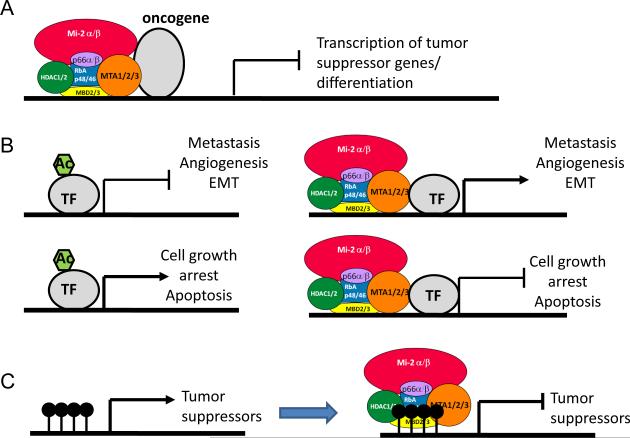Figure 2. Mechanisms by which the NuRD complex interacts with the different factors to promote cancer development.
A. Recruitment of NuRD complex by tissue-specific transcription factor to gene promoters to mediate transcriptional repression. Several known oncogenes have been shown to recruit the NuRD complex to suppress transcription of tumor suppressor genes. B. Post-translational modification of transcription factor by NuRD complex to modulate downstream transcriptional activities. In hypoxic breast cancer cells, MTA1 recruits HDAC1 to promote deacetylation of HIF1α, leading to stabilization of HIF1α and its transcriptional program63. Conversely, deacetylation of p53 by the NuRD complex results in inactivation of p53, rendering cells resistant to cell growth arrest and apoptosis64,65. C. An MBD2 containing NuRD complex targeting hypermethylated promoters of tumor suppressor genes to mediate transcriptional silencing75-77.

